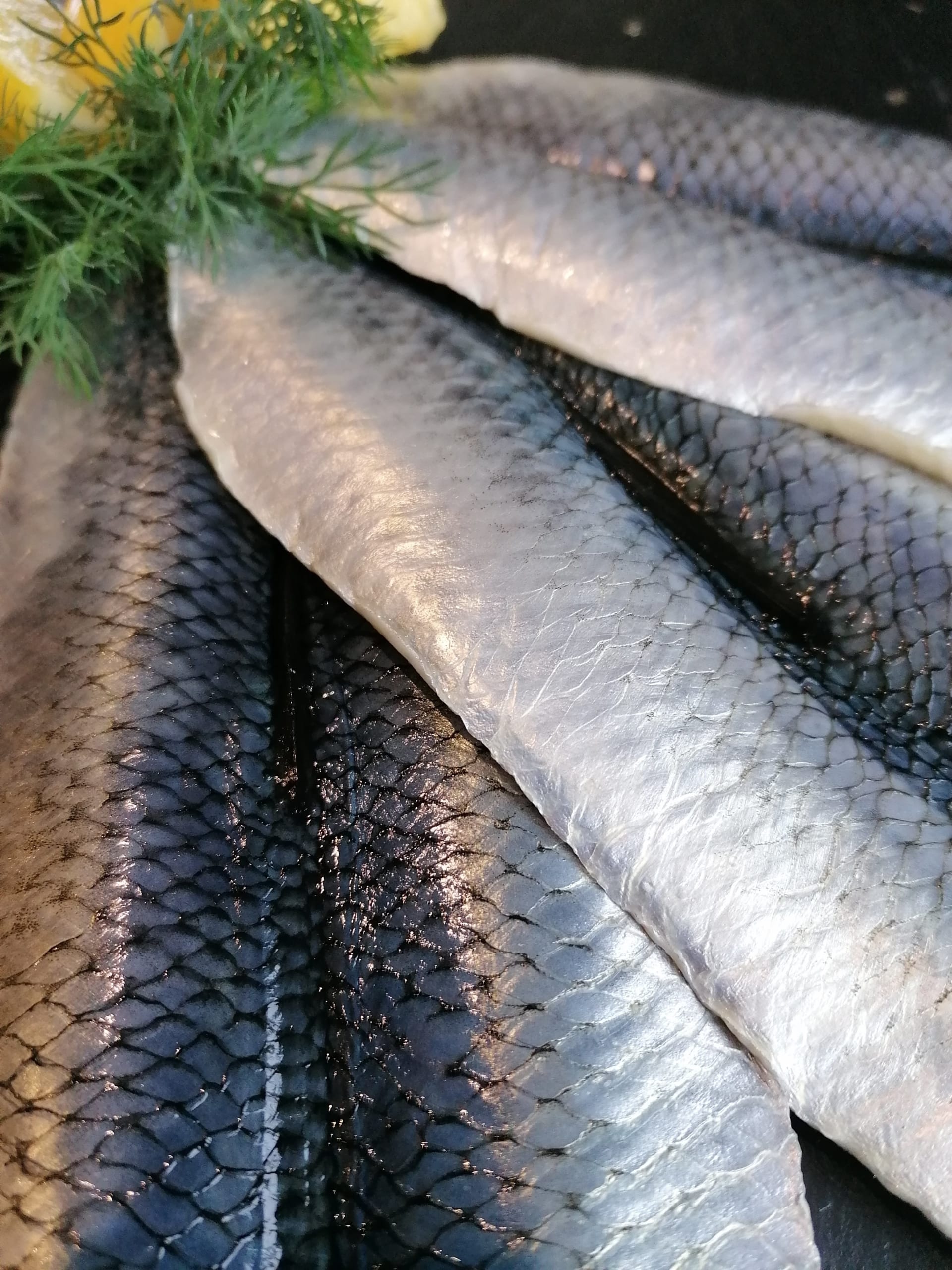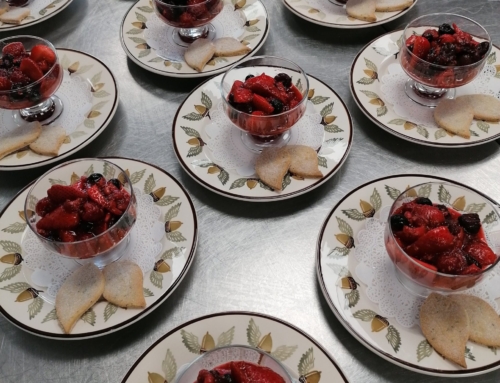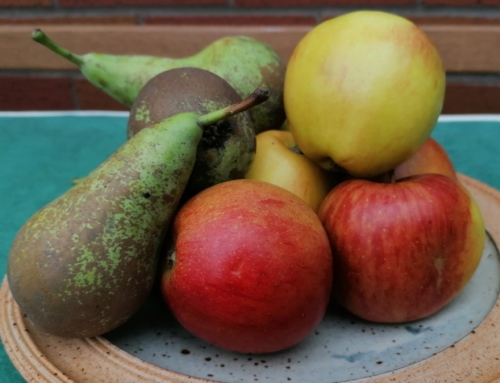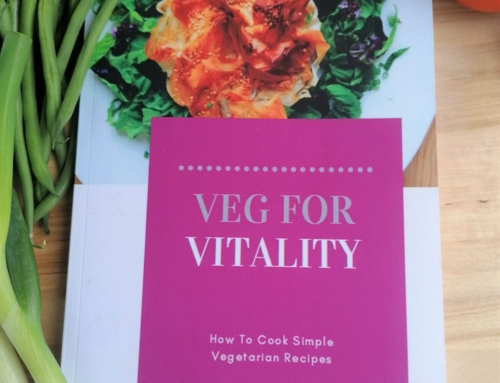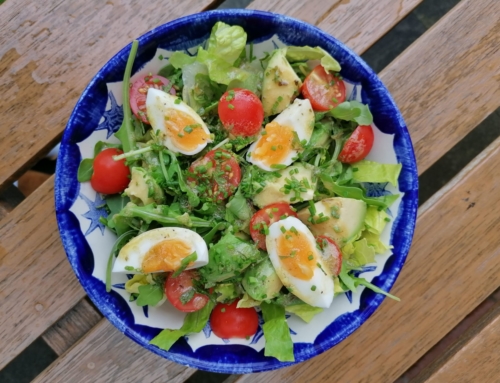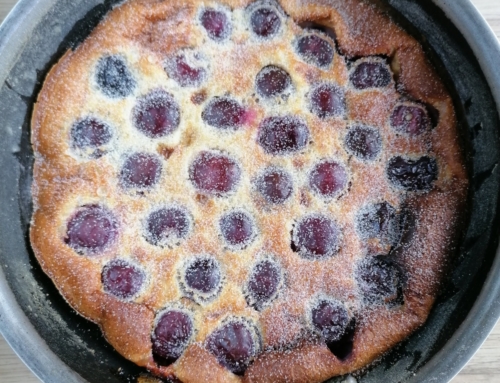The Silver Darlings of the North
Herring was once the most abundant fish in Scotland, until over fishing with ring or purse nets and factory ships almost wiped them out in the 1970s. A fish which was available everywhere and was eaten on an almost daily basis virtually disappeared overnight.
With a fishing ban and restrictions imposed since then, they have recovered a little, but are still scarce, being available fresh, usually between June and September. The quantities of herring were so vast that the fish was usually preserved to last through lean times when no fish were available or to allow it to be transported. Kippers are the most well known version of the herring, using the smoking process to preserve them. Rollmops are another preserved version, still available today if you know where to look.
Herring is a delicious, nutritious fish
For me, here’s the really interesting thing about herring.
One fish provides about 75% of the recommended daily intake of vitamin D.
When you think about the way our diets have changed over the decades, the fact that herring became less available due to over fishing in the 1970s, new foods and ingredients became available the UK after joining the European Union and our diets changed. The increase in cases of Multiple Sclerosis and the discovery that vitamin D is a key dietary element to prevent it, for me, shines a light on the humble herring and goes a long way to answering the question ‘Why?’
Do oily fish contain similar health benefits?
The answer is yes, but sometimes in different proportions. For example salmon skin & bones contain vitamin D, but not the flesh.
All oily fish are good sources of omega 3, selenium and B vitamins. Mackerel provides 100% RDI of vitamin D, but then it’s a bigger fish.
There are many ways of preparing and cooking herring, from the most simple old Scots dish of ‘Tatties an’ Herrin’, where a pot of potatoes is boiled until tender, drained and put back on a low heat. Fresh herring fillets are then laid skin side up on top of the potatoes and steamed for 10 to 15 minutes until ready, then served straight from the pot.
To
Pickled Herring, Potted Herring, Soused Herring, Herring Fried in Oatmeal… the list of traditional recipes is almost endless.
Herring is the Scottish equivalent to the Mediterranean sardine. It’s an oily fish, high in omega 3 fats, with fine lateral bones. For those who are put off with bones, pickling or sousing with vinegar dissolves the bones and makes the fish easier to eat.
Pan frying your herring in oatmeal gives it a delicious crispy crust and the bones become insignificant.
Having found some nice, plump herring fillets in my local fish shop, here are a few recipes to whet your appetite.
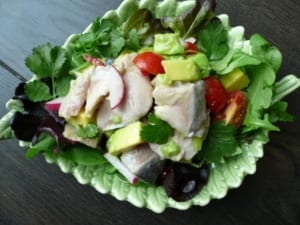
Herring Ceviche
Serves 2 as a starter or snack
Ceviche is a South American method of ‘cooking’ fish in lime juice. It works well with any firm fleshed fish including salmon, tuna, mackerel, sole, plaice, scallops etc.
1 herring fillet
Juice of 2 limes
½ red chilli – finely sliced
1 spring onion – finely sliced
2 cherry tomatoes – cut into quarters
½ medium avocado – diced
Small bunch of coriander – roughly chopped
Mixed leaves to serve & new potatoes or crusty bread to serve.
- Cut the fish into bite size pieces and marinate in the lime juice for 20 to 30 mins. It will turn opaque and be easy to tear apart.
- Mix the chilli, tomatoes, spring onion, avocado & coriander together.
- Drain the lime juice from the herring and mix through the avocado mixture.
- Serve on a bed of salad, with hot new potatoes or bread on the side.
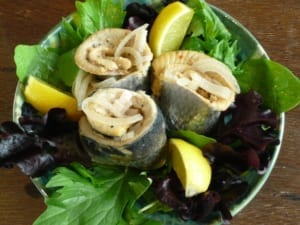
Soused Herring
Serves 6 as a starter or 3 as a main course
There are many recipes for soused herring, some are very plain, just using onion & peppercorns to flavour, others have a few more spices. The earlier recipes use distilled vinegar, which is quite strong. I’ve used cider vinegar in my recipe because it has a milder flavour.
3 herring fillets
½ small onion – thinly sliced
100ml cider vinegar
100ml water
Pinch of chilli flakes (optional)
3 cloves
3 juniper berries
1 lg or 2 sm bay leaves
6 peppercorns
1 tsp soft brown sugar
- Heat the oven to 180C/350F/Gas4
- Cut the herring fillets in half lengthwise & cut out the dorsal fin.
- With the flesh side up, season the fish with a little salt & pepper, sprinkle over some of the onion slices & starting from the tail end, roll up tightly. Secure with a cocktail stick and place in a snug fitting, oven proof dish.
- Put the spices, sugar, vinegar & water into a small pan and bring slowly to the boil, then pour immediately over the fish. Cover with foil or a lid and bake in the oven for 20 mins.
- Remove from the oven, cool and refrigerate overnight to allow the flavours to infuse before eating.
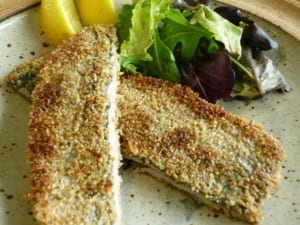
Herring in Oatmeal
Serves 4
Oatmeal is a traditional Scottish ingredient used for all sorts of dishes from porridge in the morning to the coating on fish. It gives a toasted nutty flavour when fried & helps disguise any tiny lateral bones. Be careful not to burn oatmeal as once it’s passed the golden stage, it becomes quite bitter.
4 to 6 herring fillets
½ mugful medium oatmeal
1 egg
Salt & pepper
25g butter
50ml oil
- Put the oatmeal onto a dinner plate, season well with salt & pepper. Mix well & shake the plate a little to level the oatmeal.
- Break the egg into a dish and whisk with a fork to break it up.
- Pat the herring dry with kitchen paper, dip each fillet in to the egg, then roll in the oatmeal.
- Heat half the oil and butter in a heavy based pan over a medium heat, when the butter starts to foam, add enough of the herring fillets, skin side down to cover the base. Fry gently for approx. 2 mins each side.
- Remove from the pan, drain on kitchen paper & keep warm while you finish frying the remaining fish.
- Serve with lemon wedges and either salad or vegetables.

